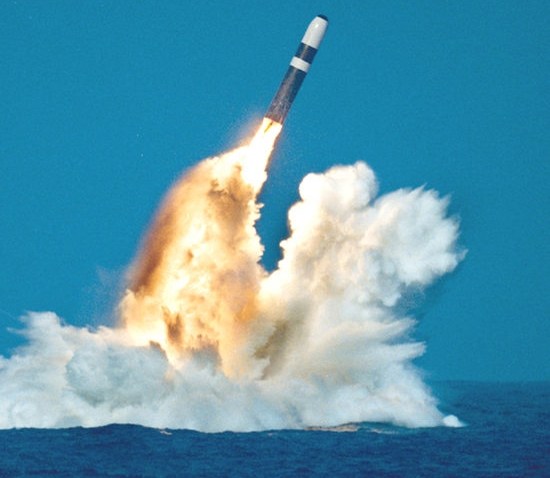The U.S. and U.K. governments have independently made public statements on the future of their respective nuclear weapons programs in the last week. Considering the timing, it is tempting to conclude that the two events are linked, but in fact these announcements reflect the two countries' differing approaches to modernization given the unique characteristics of their nuclear arsenals. The Announcements On Monday, Dec. 4, Prime Minister Tony Blair announced the British Government decision to replace its four Trident nuclear submarines and reduce its nuclear stockpile to 160 warheads. Following parliamentary debate and a vote scheduled for the end of March 2008, the U.K. will examine whether it can reduce its ballistic nuclear squadron to three submarines, but the practicability of this will not be clear until design work has begun. The prime minister's statement and the accompanying white paper -- which sets out the government's position -- state that no decision needs to be taken at this time on the future of British Trident warheads and that the submarines will continue to use the U.S.-manufactured Trident II D5 missile, which will continue to be available until 2042.
U.S., U.K. Announce Unrelated Nuclear Modernization Steps

